Top Photo: Gray hairstreak.
With the summer just about gone (for me, fall starts around mid August), I thought I’d give you a pictorial update on some of what’s being seen on our 84 acre campus here at the Museum.
Last month I mentioned that there were again woolly aphids enjoying the sap of one of our alders in the Wetlands in Explore the Wild. The colonies are growing considerably and many bees and wasps are visiting the sight, including bald-faced hornets. The visitants are there to lap up the aphid’s sap-sucking byproduct, honeydew, which drips down onto the leaves and stems below the colonies.
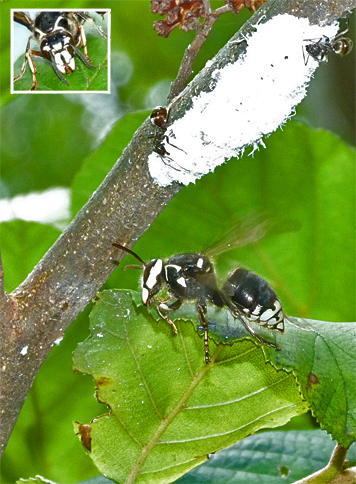
Cicadas are in full song. With cicadas come cicada killers, another wasp species.
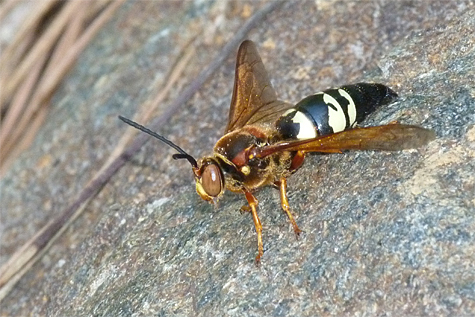
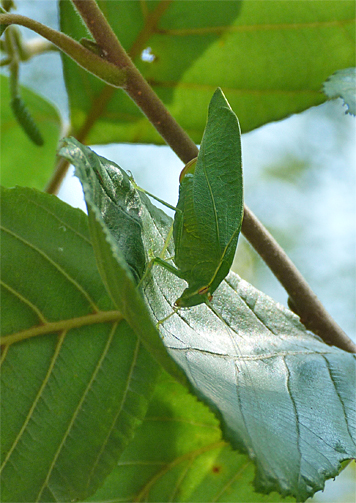
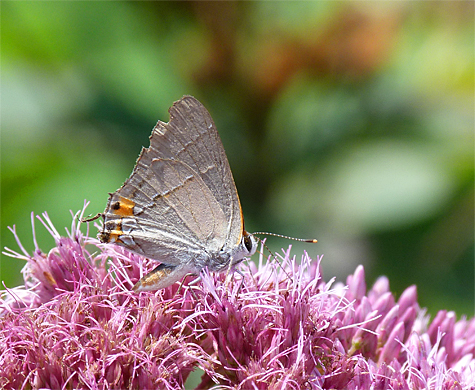
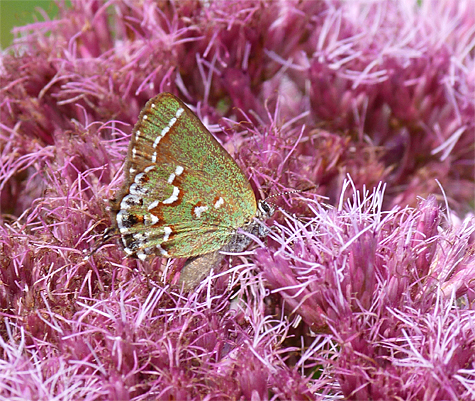
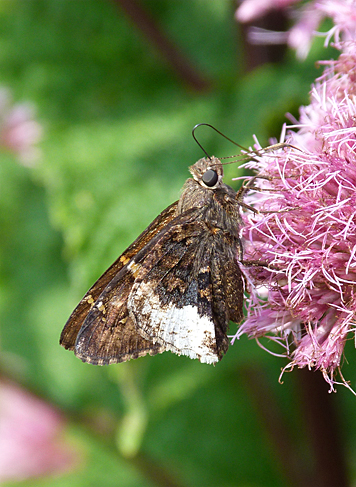
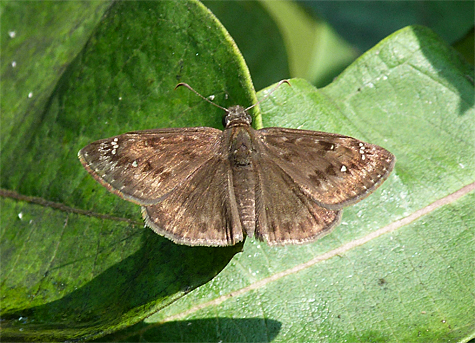
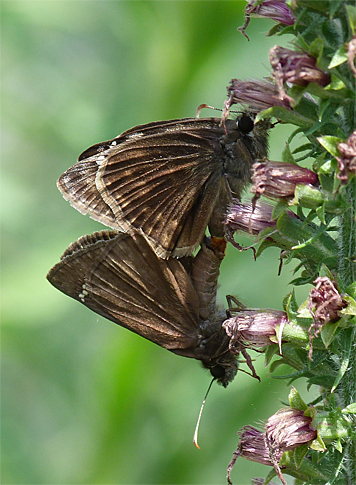
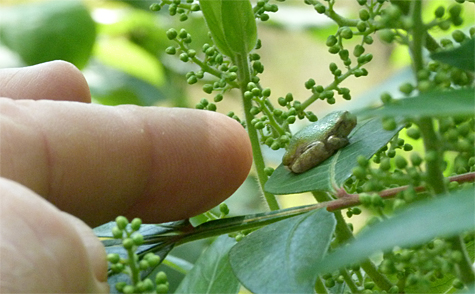
We had an attempt at nesting by two pair of green herons this summer. Both nests were victims of predators. At least one pair of the herons did manage to nest successfully somewhere close by, perhaps even in our own Wetlands, out of view on the far side of the wetland.
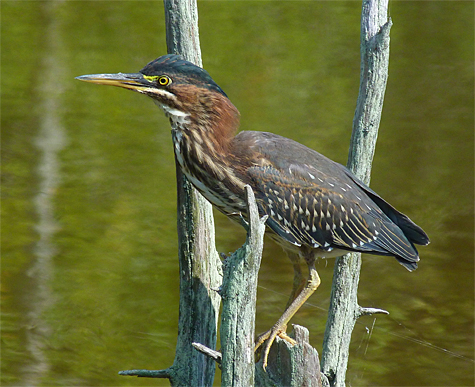
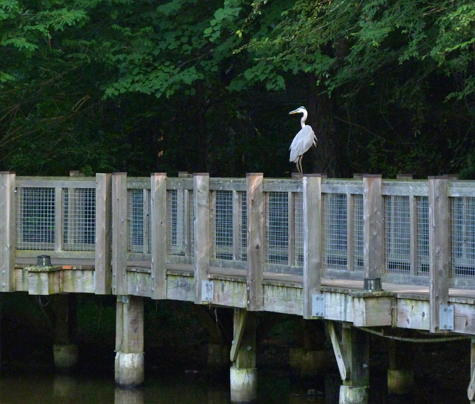
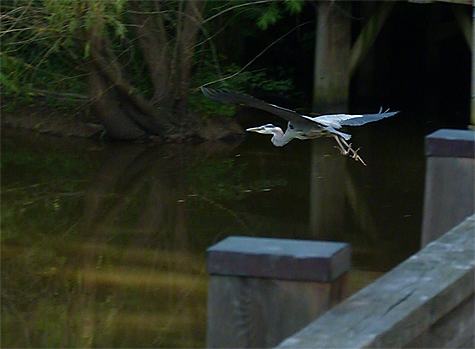
Finally, a bit of flora.
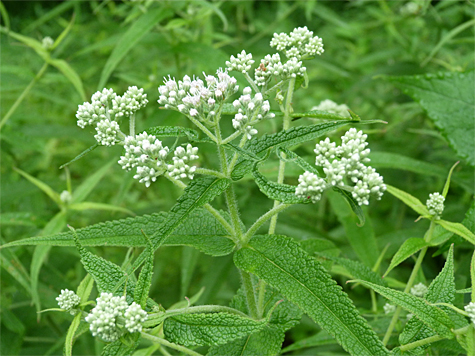
Each one of the above photos has its own story to tell. And, they are but a small sampling of what you might see on a walk around the outdoor areas of the Museum. So, put on your walking shoes and head on out to the Wild to see what you can discover!